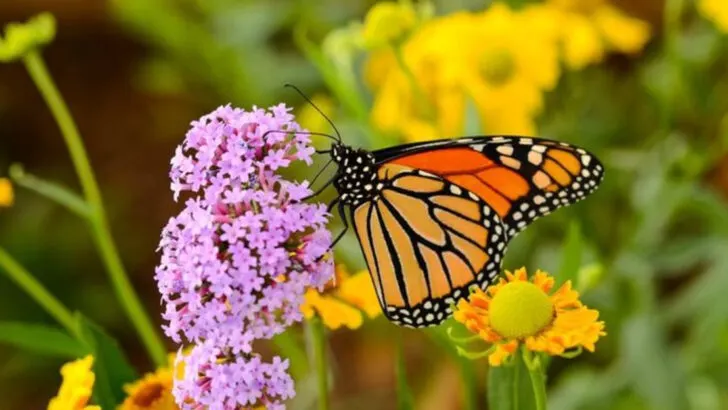Want to help bees, butterflies, and hummingbirds thrive—while also making your garden more colorful and alive? Creating a pollinator-friendly garden is easier than you might think, and this summer is the perfect time to start. With a few thoughtful choices, you can turn your outdoor space into a bustling habitat for nature’s busiest helpers.
Pollinators not only add beauty and movement to your garden, but they also play a vital role in growing fruits, vegetables, and flowers. By planting the right mix of native species, avoiding harmful chemicals, and providing shelter and water, you’re offering a safe haven that supports local ecosystems.
These 16 simple and effective ideas will help you design a garden that’s buzzing with life—literally. Whether you’re working with a tiny balcony or a spacious backyard, these tips make it easy to create a space that’s good for the planet, and even better for your plants.
Choose Native Plants
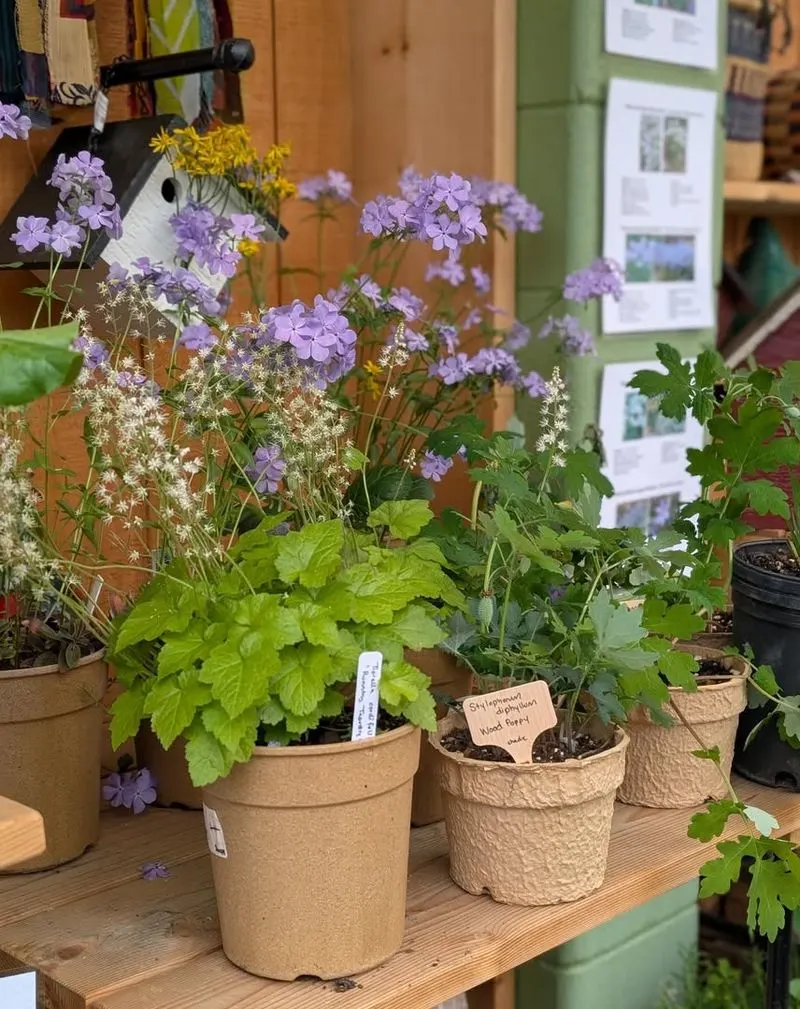
Native plants are adapted to your local climate and soil, making them resilient and low-maintenance. They provide the ideal nectar and pollen that local pollinators need. By including a variety of native species, you’ll create a dynamic and sustainable habitat. Consider plants like milkweed, bee balm, and black-eyed Susans. These plants not only attract pollinators but also thrive with minimal care. Their natural beauty enhances your garden while supporting local wildlife. Native plants also help improve soil health and water retention, making them an eco-friendly choice for conscientious gardeners.
Provide Water Sources
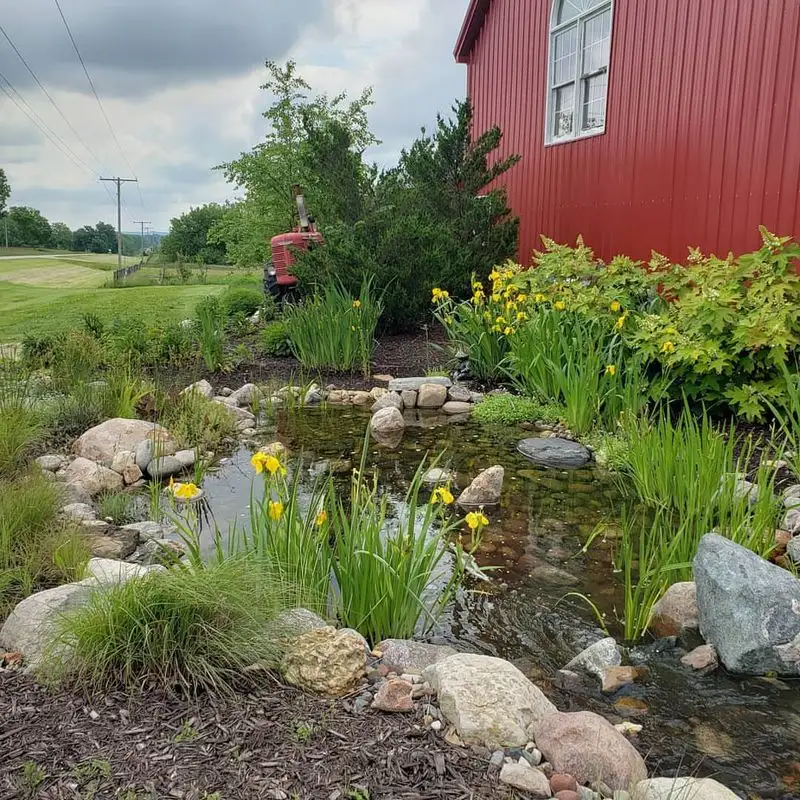
Pollinators, like all creatures, need water to survive. A shallow dish filled with water and pebbles creates a safe drinking spot. The pebbles give insects a place to land while they drink. Adding small water features, like a bird bath, can also attract pollinators. Ensure water sources are kept clean to prevent disease. Regularly change the water to avoid attracting mosquitoes. Position these sources near flowering plants to maximize their use. This simple addition to your garden makes a big difference in attracting and sustaining pollinators.
Plant a Variety of Flowers
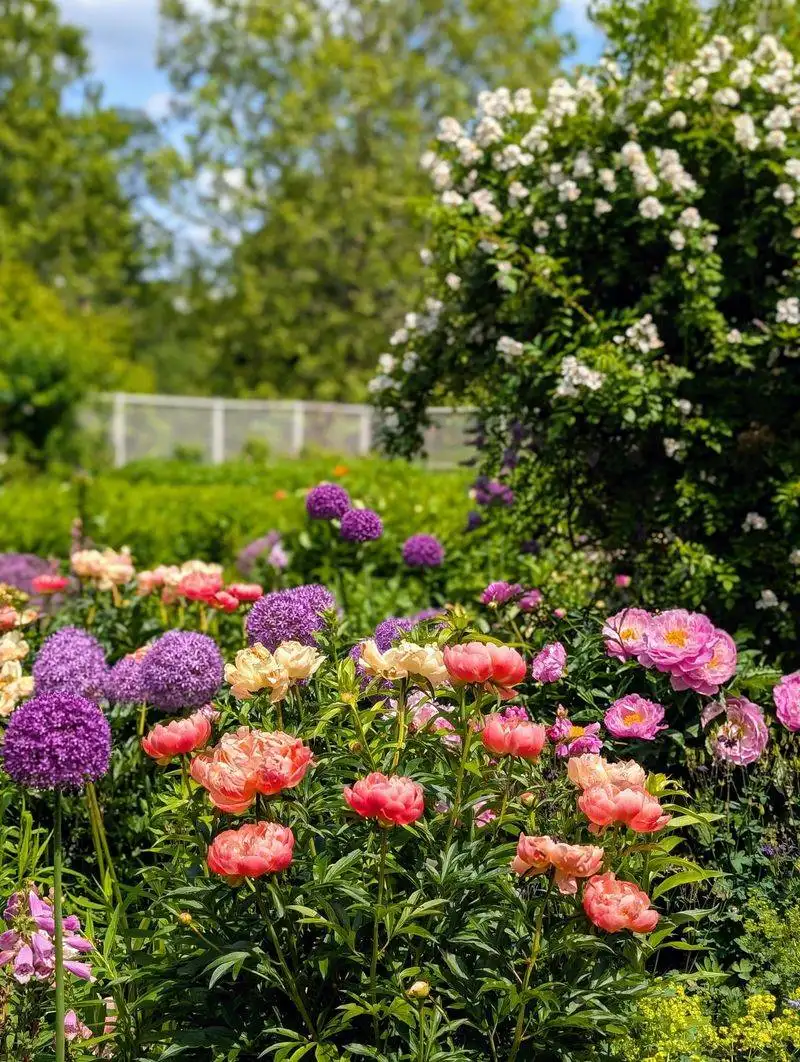
Diversity in flower types ensures continuous blooms throughout the season. Different pollinators are attracted to different shapes, sizes, and colors. By varying your plant selection, you can cater to the needs of bees, butterflies, and hummingbirds. Choose flowers that bloom at different times to provide a constant food source. Sunflowers, daisies, and lavender are excellent choices. This variety not only supports pollinators but also creates a visually stunning garden. The mix of colors and fragrances will delight both pollinators and visitors alike.
Avoid Pesticides
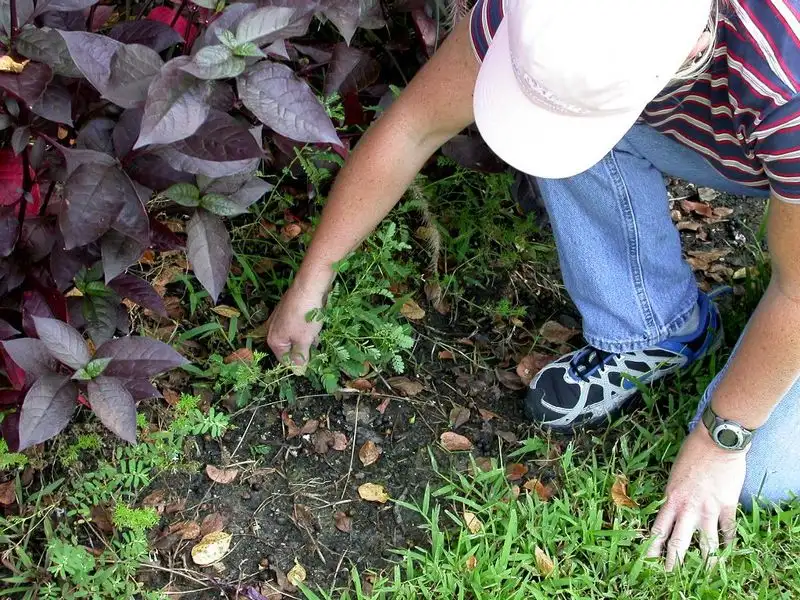
Chemicals can harm pollinators, disrupting their ability to forage and reproduce. Opt for natural pest control methods to protect these vital creatures. Introduce beneficial insects like ladybugs and praying mantises to manage pest populations. Companion planting is another effective strategy. For instance, marigolds can deter aphids. By avoiding pesticides, your garden becomes a safe haven for pollinators. This eco-friendly approach also promotes healthier plant growth. Your garden will flourish naturally, attracting a diverse range of beneficial insects.
Include Fruit Trees
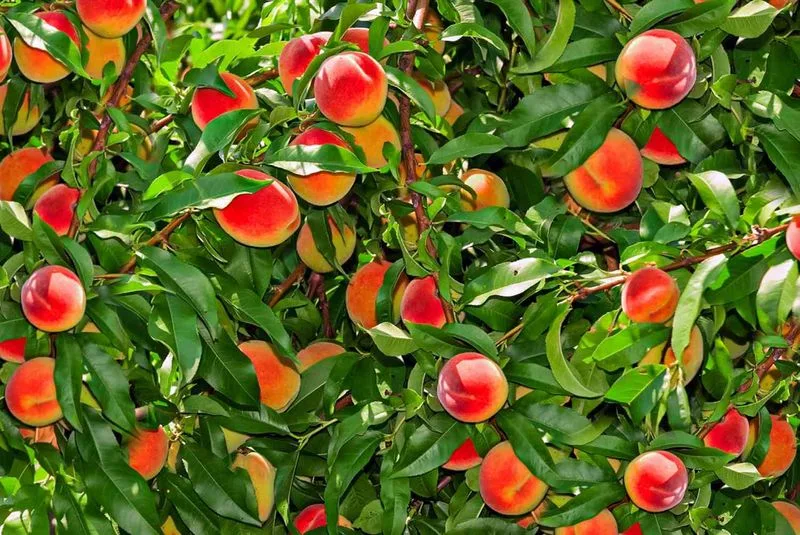
Fruit trees offer more than just delectable produce; their blossoms are a magnet for pollinators. The early season bloom provides essential nectar and pollen. Apple, cherry, and peach trees are great options. As pollinators visit these trees, they help increase fruit yields. Beyond the practical benefits, fruit trees add a wonderful aesthetic to any garden. Their blossoms herald the arrival of warmer days and new growth. With careful selection, your garden can benefit both you and pollinators, providing beauty and bounty.
Create Butterfly Habitats
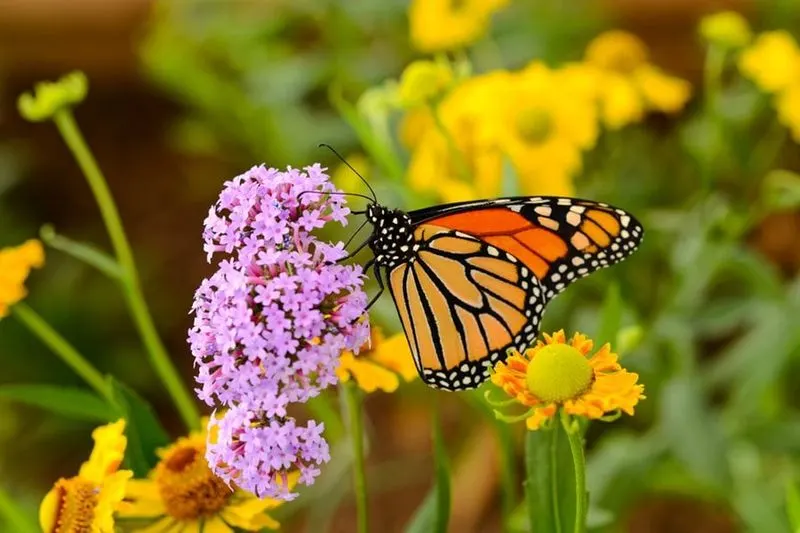
Butterflies require specific plants for laying eggs and feeding caterpillars. Milkweed is essential for monarchs, while butterfly bushes attract a variety of species. Designate a garden section with these plants to support butterfly life cycles. Avoid disturbing these areas to encourage habitation. Adding flat stones provides resting spots for sunbathing. These habitats transform your garden into an essential sanctuary. Observing butterflies flutter through your garden is both rewarding and enchanting. Encouraging their presence enhances biodiversity and garden vitality.
Build Bee Hotels
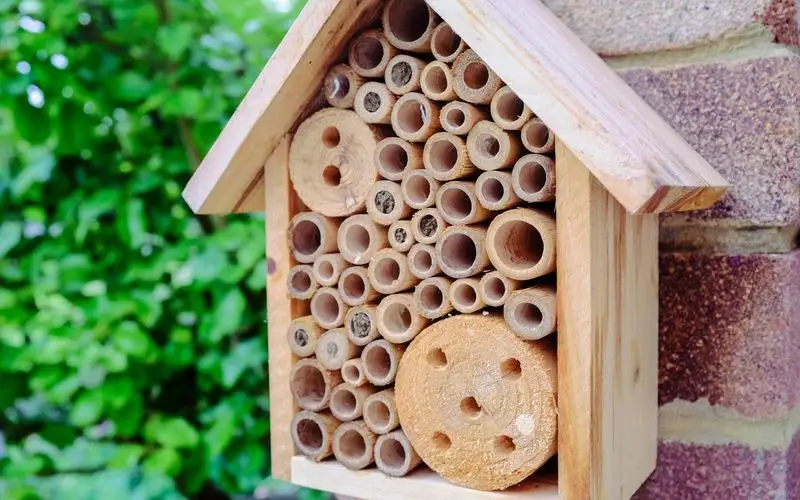
Solitary bees are vital pollinators often overlooked. Bee hotels provide nesting spaces for these industrious insects. Construct or buy a bee hotel, placing it in a sunny, sheltered spot. Ensure it’s near flowers and away from predator threats. Regular maintenance keeps the hotel clean and inviting. Not only do bee hotels support pollinators, but they also offer an educational opportunity. Watching bees utilize these structures can spark curiosity and appreciation. By encouraging solitary bees, your garden’s pollination efficiency improves greatly.
Designate No-Mow Zones
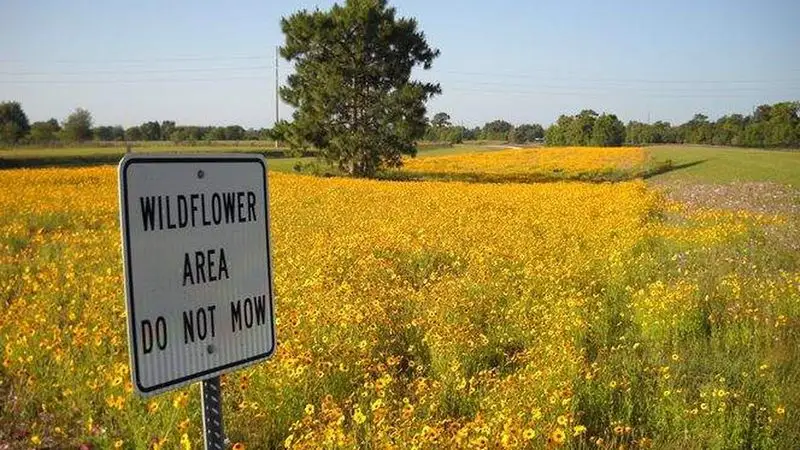
Allowing areas of your garden to grow wild supports pollinators. Tall grasses and wildflowers provide shelter and food. These no-mow zones become mini-ecosystems, teeming with life. They require less maintenance, saving time and resources. Position these zones strategically to balance aesthetics and functionality. The natural beauty of these areas complements manicured sections. This approach creates a garden that’s both sustainable and visually appealing. Embracing wild growth fosters an environment where pollinators can thrive undisturbed.
Incorporate Climbing Plants
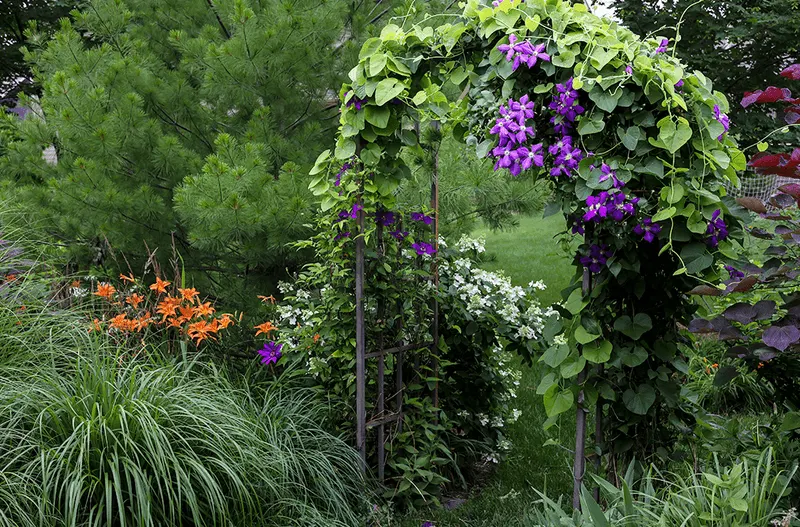
Climbing plants add vertical interest and provide additional resources for pollinators. Honeysuckle, wisteria, and clematis offer nectar-rich flowers. Train these plants on trellises or fences to maximize space. Their blooms attract bees, hummingbirds, and butterflies. Climbing plants also create natural privacy screens. Their lush growth softens structures and adds depth to your garden. As they climb and spread, they enhance the garden’s overall appeal. This multi-dimensional approach supports more pollinator activity, creating a lively garden environment.
Illuminate with Solar Lights
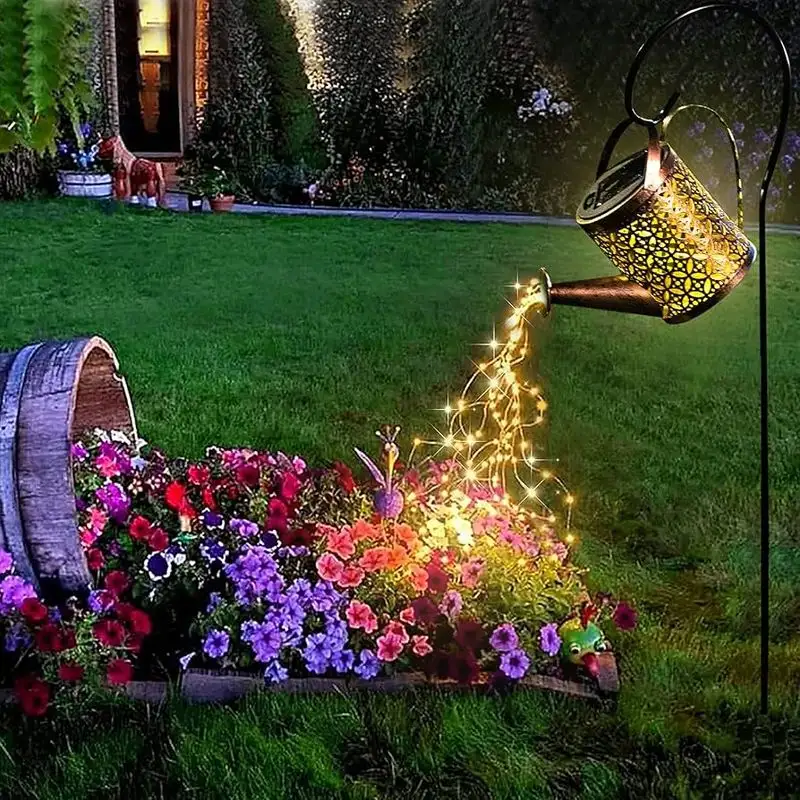
Solar lights enhance your garden’s ambiance and attract nocturnal pollinators. Moths and certain beetles are drawn to light, aiding night-time pollination. Position solar lights along pathways and near key plants. This not only ensures safety but also showcases your garden’s beauty after dark. Solar lights are energy-efficient and easy to install. They automatically charge during the day and illuminate at night. This subtle lighting transforms your garden into an inviting evening retreat. Night-time pollinators play a crucial role, often overlooked in garden planning.
Grow Herbs
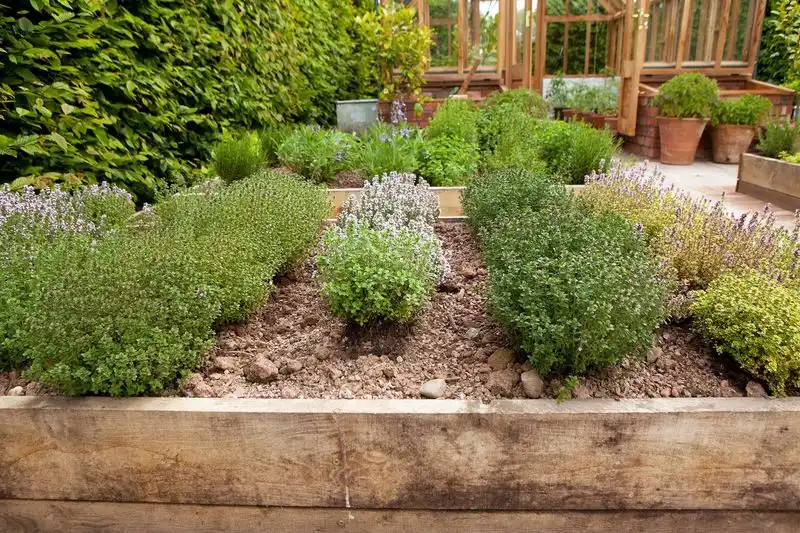
Herbs like lavender, mint, and rosemary not only enhance culinary dishes but also attract pollinators. Their flowers provide nectar, and their scents lure bees and butterflies. Plant herbs in containers or garden beds for versatility. As they grow, they add texture and aroma to your garden. Herbs are low-maintenance and can thrive in various conditions. Regular harvesting encourages more blooms, benefiting pollinators continuously. By integrating herbs into your garden, you create a multifunctional space that’s both practical and pollinator-friendly.
Add Colorful Annuals
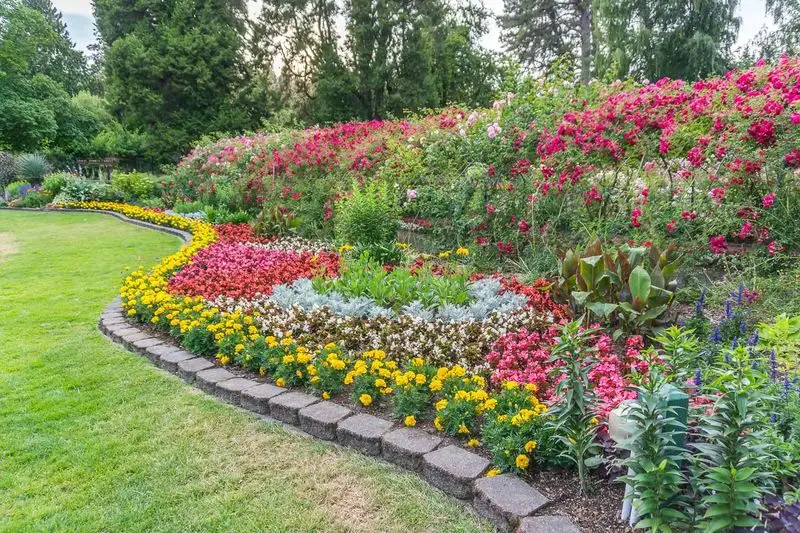
Annual flowers offer a splash of color and a quick food source for pollinators. Their fast growth cycle means rapid blooming. Marigolds, zinnias, and cosmos are excellent choices. Plant annuals in clusters to create a bold statement. Their diversity in colors and forms draws in bees and butterflies. These flowers can fill gaps in your garden, ensuring continuous blooming. Annuals require regular replanting but offer flexibility in design. With their vibrant presence, they enliven your garden while supporting essential pollinators.
Install a Green Roof
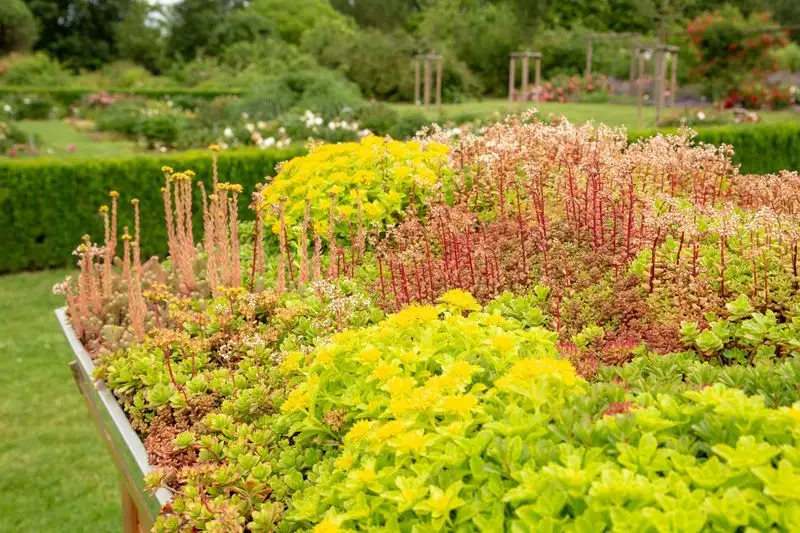
Green roofs provide an innovative way to support pollinators in urban settings. By planting on rooftops, you create additional habitats. Wildflowers and succulents thrive in these conditions. Green roofs offer insulation benefits, reducing energy costs. They also manage rainwater, improving sustainability. This approach maximizes available space, attracting pollinators to unexpected areas. Green roofs transform urban landscapes into green oases. Their presence supports pollinator populations while adding unique architectural interest. This forward-thinking method combines functionality with ecological responsibility.
Welcome Hummingbirds
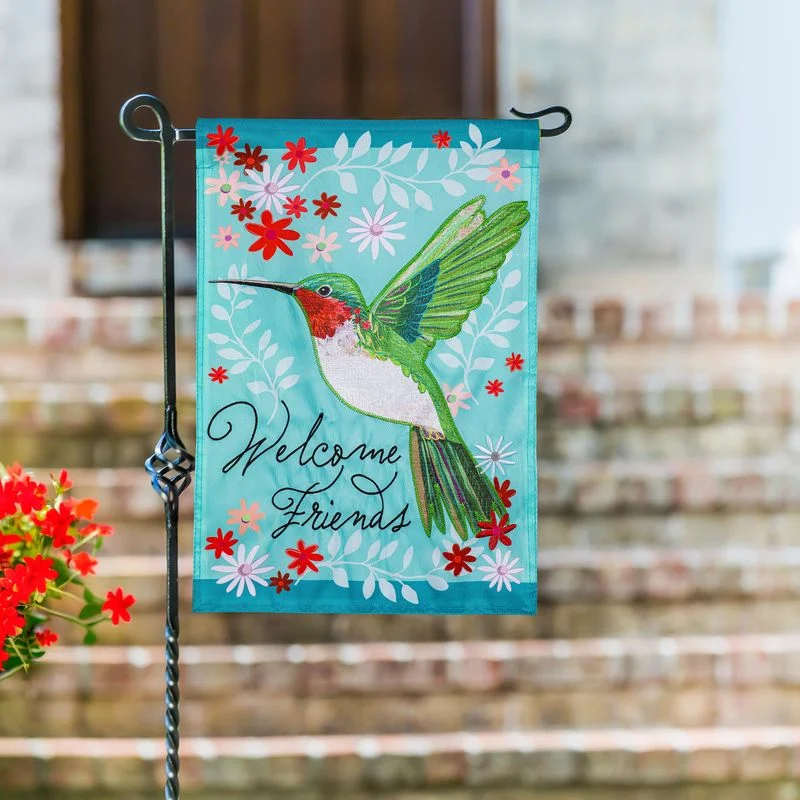
Hummingbirds, with their vibrant plumage and rapid movements, are captivating visitors. Provide a hummingbird feeder to supplement natural food sources. Plant tubular flowers like salvia and fuchsia to attract them. These birds prefer bright colors and sweet nectar. Position feeders near flowering plants for easy access. Watching hummingbirds dart through your garden adds a lively energy. They play an important role in pollination, especially for certain flower types. By catering to their needs, you ensure a diverse and dynamic pollinator population.
Foster Symbiotic Relationships
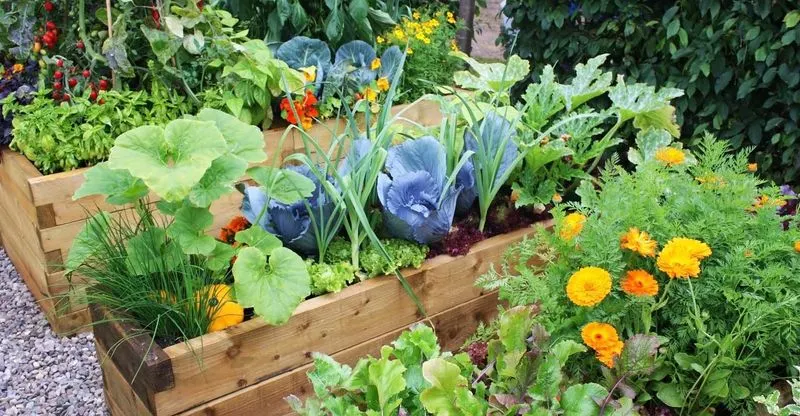
Companion planting leverages natural relationships between plants to enhance growth and deter pests. Basil improves tomato growth and repels harmful insects. This synergy benefits both plants and pollinators. Companion planting creates a balanced ecosystem within your garden. It’s a natural method to boost productivity and reduce chemical use. Varied plant pairings foster a rich habitat, attracting different pollinators. This strategy enhances biodiversity and resilience. As your garden flourishes, so does its appeal to a wide range of pollinators, ensuring a thriving environment.
Host Educational Workshops
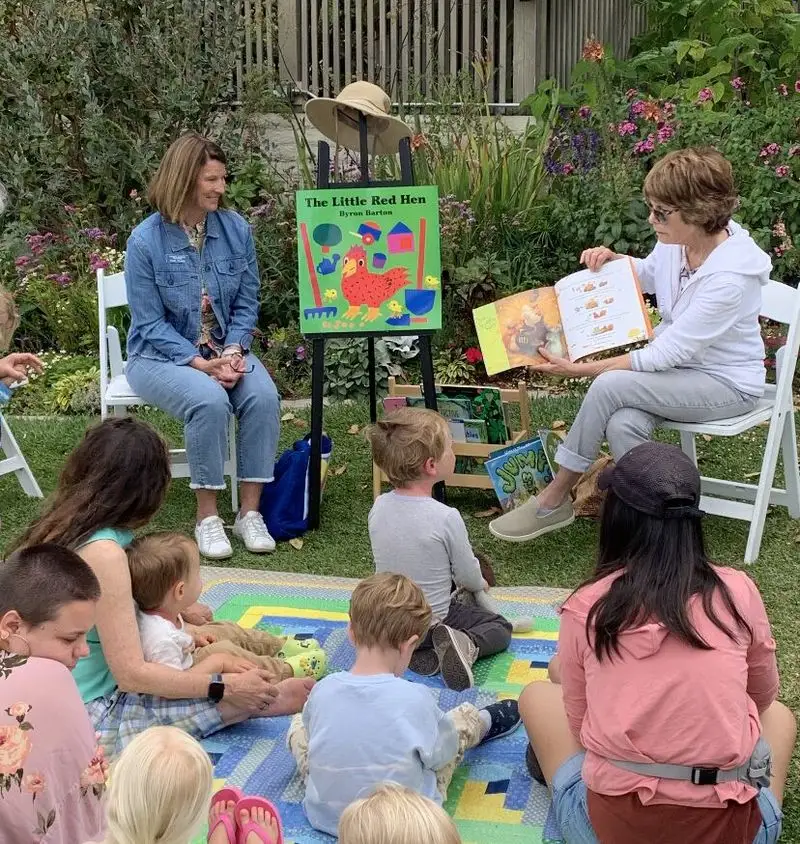
Engage your community by hosting garden workshops focused on pollinators. Share knowledge on creating supportive environments. Demonstrations on planting and habitat creation inspire others. Workshops foster a sense of community while spreading awareness. Participants learn practical skills to implement in their gardens. These events encourage collective action, benefiting local ecosystems. By educating others, you amplify your garden’s impact. The shared experience of learning and planting strengthens neighborhood bonds. Hosting workshops positions your garden as a hub for ecological stewardship.

